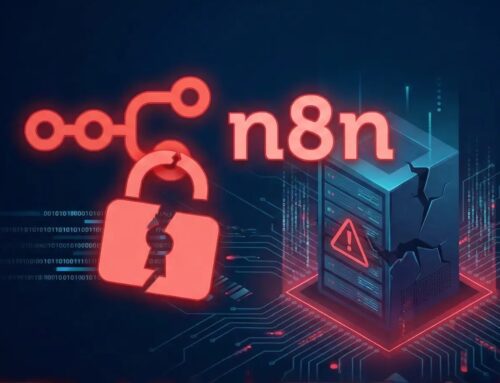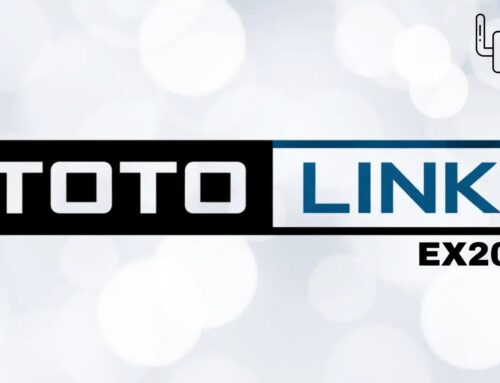
11 Best Email Security Software and Solutions in 2025
The Unyielding Email Frontline: Securing Your Enterprise in 2025
The digital perimeter of every organization faces an increasingly sophisticated onslaught. In 2025, attackers wield advanced AI to orchestrate hyper-realistic phishing campaigns, insidious Business Email Compromise (BEC) schemes, and highly evasive malware, all designed to bypass conventional defenses. The volume and complexity of these threats are unprecedented, targeting credentials, deploying ransomware, exfiltrating sensitive data, and disrupting critical operations. Email, remaining the primary communication channel, also serves as the most exploited attack vector. Protecting this vital pipeline is no longer optional; it is fundamental to operational continuity and data integrity.
This article, drawing insights from industry leaders, analyzes the critical need for advanced email security and presents 11 top-tier solutions poised to defend organizations against the evolving threat landscape in 2025.
The Evolution of Email Threats in 2025
The traditional email gateway, once a formidable line of defense, struggles against the current generation of attacks. Adversaries are no longer reliant on easily detectable keywords or obvious foreign origins. Instead, they exploit:
- AI-Powered Phishing: Advanced AI tools generate grammatically perfect, contextually relevant, and hyper-personalized phishing emails that mimic legitimate communications, making them nearly indistinguishable from genuine sender.
- Sophisticated BEC Schemes: Attackers leverage deep reconnaissance to impersonate executives, vendors, or urgent requests, often leading to significant financial losses or data exfiltration. These schemes thrive on social engineering, bypassing technical controls.
- Evasive Malware and Zero-Days: Polymorphic malware, fileless attacks, and exploits leveraging CVE-2023-38831 (WinRAR vulnerability, for example, used in nation-state attacks) are designed to evade signature-based detection and sandbox analysis.
- Supply Chain Attacks via Email: Compromised vendor email accounts or legitimate services are increasingly used to distribute malware or initiate phishing campaigns against their clients.
Key Capabilities of Modern Email Security Solutions
Effective email security in 2025 extends far beyond basic spam filters. Leading solutions integrate a multi-layered approach, typically including:
- Advanced Threat Protection (ATP): Real-time analysis of attachments and URLs, sandboxing, and behavioral analysis to detect zero-day threats and polymorphic malware.
- Anti-Phishing and Impersonation Protection: AI-driven anomaly detection, DMARC/DKIM/SPF enforcement, and deep content inspection to identify and block sophisticated phishing and BEC attempts.
- Data Loss Prevention (DLP): Monitoring and preventing the unauthorized transmission of sensitive data via email, ensuring compliance with regulations like GDPR and HIPAA.
- Email Encryption: Securing email content in transit and at rest to maintain confidentiality.
- Security Awareness Training Integration: Many platforms offer or integrate with training modules to educate users—often the weakest link—on identifying and reporting threats.
- Incident Response and Forensics: Tools for rapid identification, containment, and analysis of email-borne incidents.
11 Best Email Security Software and Solutions in 2025
While the full list would require a deeper dive into each product’s intricate features, the cybersecurity landscape in 2025 positions the following types of solutions as critical for comprehensive email defense (aligned with industry leaders and typical market offerings):
- Microsoft 365 Defender for Office 365 (MDO): Essential for organizations deeply integrated into the Microsoft ecosystem, offering robust ATP, anti-phishing, and M365 security capabilities.
- Proofpoint Email Security and Protection: A market leader renowned for its advanced threat protection, targeted attack protection, and comprehensive email DLP.
- Mimecast Email Security 3.0: Offers a broad suite of services including email archiving, continuity, and advanced threat protection with a strong focus on resilience.
- Cisco Secure Email (formerly Email Security Appliance – ESA): Provides strong protection against advanced threats, offering robust controls for anti-spam, anti-malware, and data security.
- Trellix (formerly FireEye Email Security): Combines advanced threat detection with cloud-native capabilities, focusing on identifying sophisticated attacks and zero-day exploits.
- Fortinet FortiMail: Integrates with the Fortinet security fabric, offering advanced threat protection, anti-spam, and advanced archiving capabilities.
- Sophos Email Security: Provides cloud-native protection against ransomware, sophisticated phishing, and business email compromise, with user training integration.
- Barracuda Email Protection: A comprehensive suite including email gateway defense, M365 data protection, and security awareness training.
- Abnormal Security: Leverages behavioral AI to detect and prevent advanced email attacks like BEC, supply chain compromise, and graymail, often complementing traditional secure email gateways.
- Valimail: Specializes in DMARC enforcement and brand protection, ensuring legitimate emails are delivered and preventing impersonation attacks at the source.
- Google Workspace (Gmail) Security: For organizations on Google Workspace, Gmail’s built-in security features, enhanced by advanced phishing and malware protection, are continuously evolving.
Each of these solutions offers distinct strengths and integration points. The optimal choice depends on an organization’s existing infrastructure, specific threat profile, compliance requirements, and budget.
Remediation Actions and Best Practices
Implementing a leading email security solution is paramount, but it is one component of a holistic strategy. Effective remediation and prevention require:
- Patch Management: Regularly update all systems and software to protect against known vulnerabilities. While not directly email security software, patched systems reduce the attack surface for email-delivered exploits.
- Multi-Factor Authentication (MFA): Mandate MFA for all email accounts and critical systems. This is the single most effective control against credential theft, a common outcome of successful phishing.
- Security Awareness Training: Continuously educate employees on recognizing and reporting phishing, BEC, and other social engineering tactics. Regular simulated phishing exercises are crucial.
- Strong Access Controls: Implement the principle of least privilege for email accounts and related systems.
- Incident Response Plan: Develop and regularly test an incident response plan specifically for email-borne attacks, outlining steps for containment, eradication, recovery, and post-incident analysis.
- Data Backup and Recovery: Maintain immutable, offsite backups to recover from ransomware or data corruption, ensuring business continuity.
- Supply Chain Risk Management: Vet third-party vendors’ security postures, particularly those with whom email communication is frequent.
Conclusion
Email remains the critical communication backbone of modern business, making its defense non-negotiable. In 2025, the threat landscape demands more than just basic filtering; it necessitates advanced, AI-driven solutions that can counteract hyper-realistic phishing, sophisticated BEC, and evasive malware. By strategically deploying robust email security platforms in conjunction with stringent internal controls and continuous user education, organizations can significantly bolster their defenses, safeguard critical data, and ensure operational resilience against the relentless tide of cyber threats.





